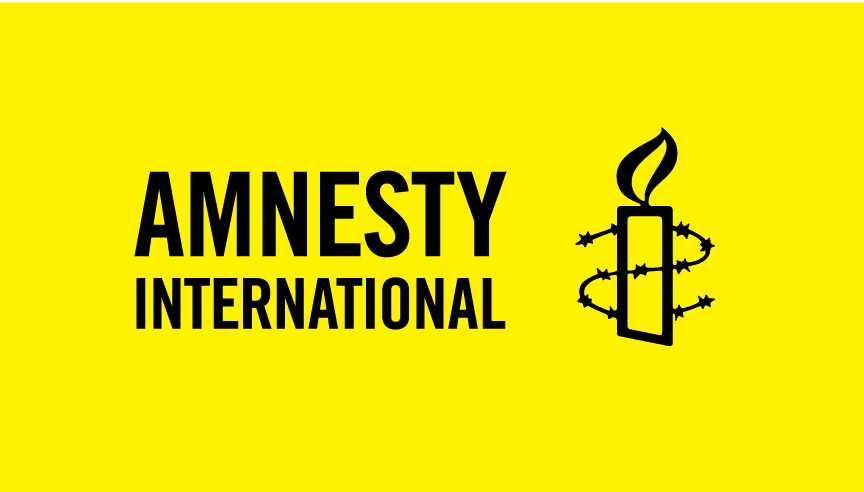A combination of a suspension of foreign aid, the freezing of Afghan government assets, and international sanctions on the Taliban, have plunged a country already suffering from high poverty levels into a full-blown economic crisis. According to the United Nations Office for Coordination of Humanitarian Affairs (UNOCHA), 22.8 million people (of a population of approximately 39-40 million) are facing acute food insecurity and hunger, while the World Food Program estimates that at least a million children are already suffering from acute malnutrition. According to the UN, more than $200 million of humanitarian aid a month is needed to avert disaster.
“Current levels of humanitarian assistance are insufficient to deal with the crisis, with millions of Afghans plunging into poverty and facing the risk of starvation. We have seen countries making pledges and promises to provide aid to Afghanistan over recent months, but this support is yet to reach those who need it the most,” said Yamini Mishra, Amnesty International’s South Asia Regional Director.
“In just a few months, the situation is already critical. People in the public and private sectors have not been paid their salaries, can’t access money, and can’t afford even essential items. Food insecurity is an issue throughout the country. Afghanistan is at the precipice – without an urgent program of targeted international support and without permitting the use of Afghanistan government reserves to support the country’s population, the scene is set for a human catastrophe over the coming months.”
With the Taliban remaining on lists of internationally sanctioned groups, Afghanistan’s foreign donors have moved to withhold and withdraw funding from the country following the group’s capture of Kabul on August 15. According to the World Bank, prior to the Taliban’s takeover, aid grants constituted 43% of Afghanistan’s GDP and about 75% of its public spending.
The situation has left the country’s banking system on the brink of collapse. Long queues have formed outside banks and ATMs, which are not dispensing cash. The price of goods has soared while the country’s currency has plummeted in value.
In August, the Biden administration froze $9.5 billion assets of Da Afghanistan Bank, the country’s central bank. The EU followed suit on August 17, withdrawing $1.4 billion in development and emergency aid (pledged between 2021 and 2025) to Afghanistan’s healthcare, agriculture and law enforcement sectors. The withdrawal of the EU funding precipitated the immediate closure of at least 2,000 health facilities serving around 30 million Afghans.
The IMF have frozen the Taliban’s access to $460 million of funds. Other international institutions including the World Bank and Asian Development Bank have also suspended payments to their projects in Afghanistan.
Public sector workers have not been paid for months, while about 1.2 million private sector workers’ wages remain pending according to local media, with the government and employers unable to access funds to make payments. According to the UN Development Program, the country’s poverty rate, currently at 72%, is set to reach to 97% by mid-2022.
Food insecurity was threatening the country even before the Taliban takeover, with Afghanistan hit by four years of extreme drought, economic recession and mass internal displacement. There are more than four million internally displaced people across Afghanistan – more than 570,000 of whom have been displaced since January – living in desperate conditions.
Although a flurry of humanitarian aid pledges has been made by the international community, the equipment and cash amounts promised will not be sufficient to cope with the scale of the crisis facing Afghanistan. Moreover, with access to many areas of the country near impossible during winter, it’s also essential that all assistance is carefully planned and delivered on time.
“Humanitarian aid and the use of public funds for essential services must not be politicized. Donor countries must urgently develop a comprehensive action plan for the dissemination of financial and humanitarian aid support in consultation with NGOs and other humanitarian agencies on the ground. This should include independent monitoring and enhanced periodic public reporting that ensures support reaches those who need it the most. At the same time, the Taliban must cooperate in giving unrestricted access to UN agencies and humanitarian groups to do their work,” said Yamini Mishra.
“The international community’s top priority must be to prevent the deaths and suffering of people in Afghanistan and protect their human rights. All governments and international organizations must review existing policies, including freezes of aid, assets and financial transactions, in favor of a solution that allows the use of central bank funds to cover essential requirements, including payment of workers, to prevent a humanitarian and human rights catastrophe. This may involve lifting sanctions on the Taliban authorities subject to conditions regarding the use of the funds.”
Background
At the UN Geneva Conference in September, the international community pledged $1.2 billion in humanitarian and development aid. At the G-20 Summit in October, the EU promised $1.15 billion to avert humanitarian crisis in Afghanistan.
Contact: Gabby Arias, [email protected]

